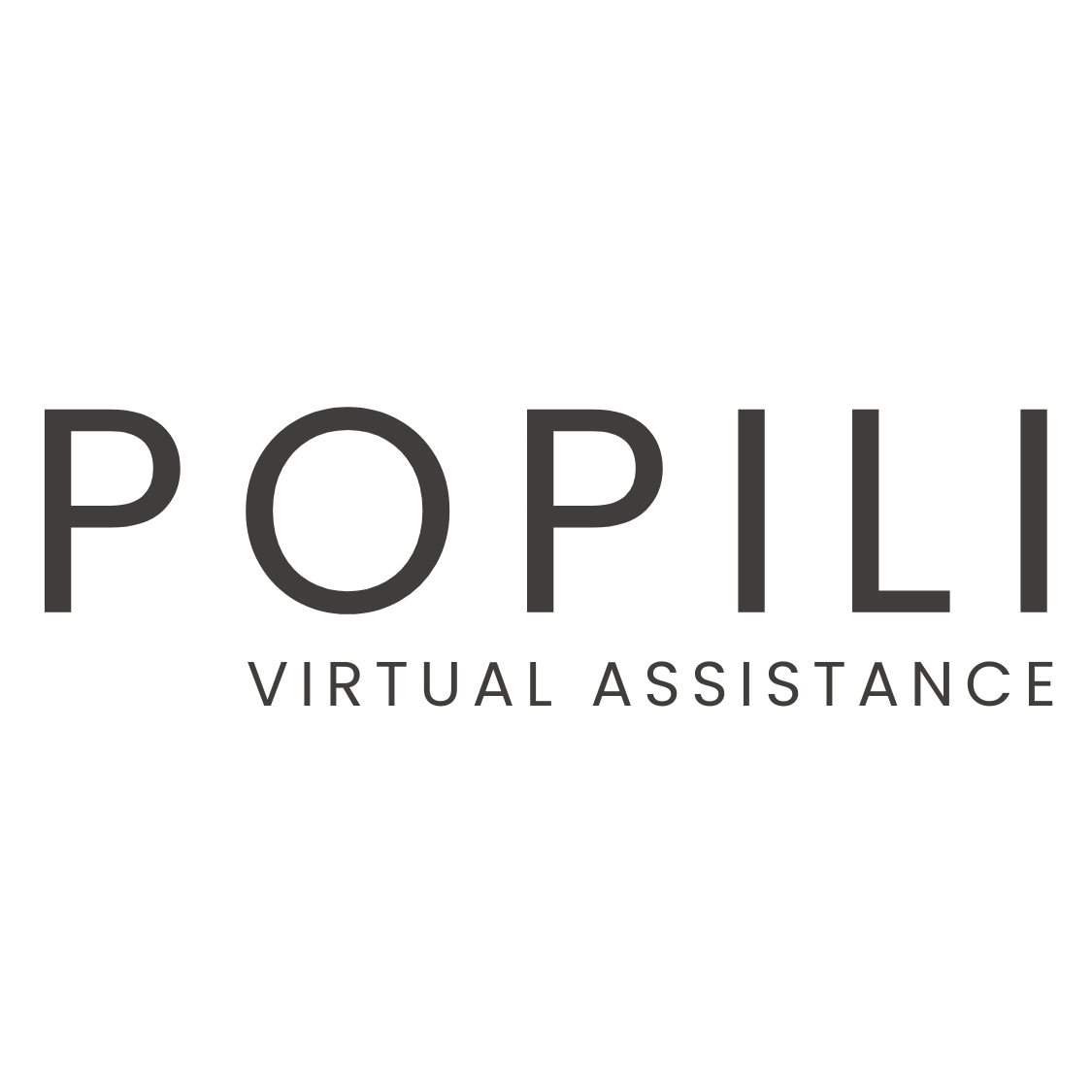Pinterest for Business: A Simple Guide to Getting Started

When we think of Pinterest, many of us imagine dream kitchens, holiday inspiration, or recipe ideas. But for businesses, Pinterest is much more than a mood board – it’s a powerful search engine and lead generation tool.
In fact, Pinterest is the third-largest search engine in the world, sitting just behind Google and YouTube. And because users search with intent to act, it’s an incredible way to drive traffic, leads, and sales – even if you’re not an online retailer.
If you’ve ever wondered how Pinterest can help grow your business, here’s everything you need to know to get started.
Pinterest is a Search Engine — Not Social Media
Unlike platforms like Instagram or Facebook, Pinterest works as a search engine. People come to Pinterest actively searching for solutions, ideas, and products. That means your content reaches people at the exact moment they’re looking for it.
- Pins show up in search results for months or even years – not just for a few hours.
- Pinterest drives long-term, organic traffic to your website or offers.
But be patient! Pinterest is a long-term strategy. It usually takes 3–6 months to start seeing consistent results, but once your content starts ranking, it can bring traffic for years to come.
What You Need to Get Started on Pinterest
Before you dive in, setting the foundations is key. Here’s what you’ll need:
- A website or landing page to direct traffic.
- Clear sales funnels to turn visitors into leads or customers.
- Defined offers – these could be freebies, courses, memberships, digital products, or services.
- A consistent content strategy aligned with what your ideal clients are searching for.
Building a Pinterest Strategy That Works
Pinterest success comes from strategy, consistency, and optimisation. Here’s how to build a plan that delivers results:
- Set Clear Goals
Are you aiming to:
- Drive traffic to your website?
- Grow your email list?
- Increase sales of a specific product or service?
Knowing this will shape your entire Pinterest strategy.
- Optimise Your Sales Funnels
Make sure that when someone clicks on your pin, they land somewhere valuable – a blog post, freebie, product, or service page that encourages them to take action.
- Do Your Keyword Research
Use Pinterest’s search bar to discover what people are searching for in your niche. These keywords should be used strategically in:
- Pin titles and descriptions
- Board names and descriptions
- Your profile bio
Creating & Managing Your Pinterest Content
Fresh Pins Matter
Pinterest loves fresh content. A new image for an existing URL counts as fresh, so even one blog post can produce multiple unique pins over time.
Be Consistent
Aim to pin daily – consistency tells Pinterest your account is active and relevant.
Pin Design Essentials
- High-quality images that grab attention.
- Clear, easy-to-read text overlay with keywords.
- Strong calls to action – e.g., “Download the Free Guide”, “Learn More”, “Get Started”.
- Branding – keep fonts and colours consistent with your business identity.
Scheduling and Tracking Results
Scheduling
Plan ahead using:
- Pinterest’s own scheduling tool (free)
- Or tools like Tailwind for advanced planning
Monitor Key Metrics
Keep an eye on:
- Impressions (how often your pins are seen)
- Saves (how many people save your pins)
- Outbound clicks (how many people click through to your site)
- Top-performing boards and pins
Use this data to refine your strategy over time.
Final Thoughts
Pinterest isn’t a quick-win marketing tactic, but it works incredibly well as a long-term strategy to drive ongoing leads and sales. With a thoughtful plan, consistent pinning, and a focus on search-friendly content, businesses can build a steady stream of traffic that works in the background while you focus on growing your brand.
Book a Free 30 minute consultation.
[email protected] | +44 (0) 7734 603411
